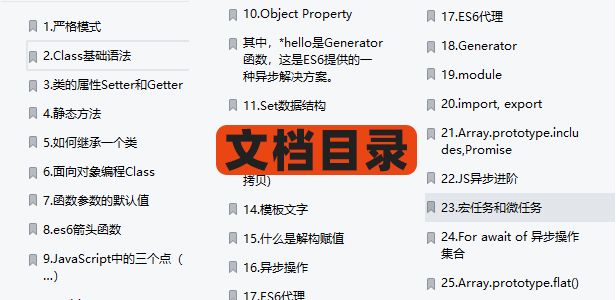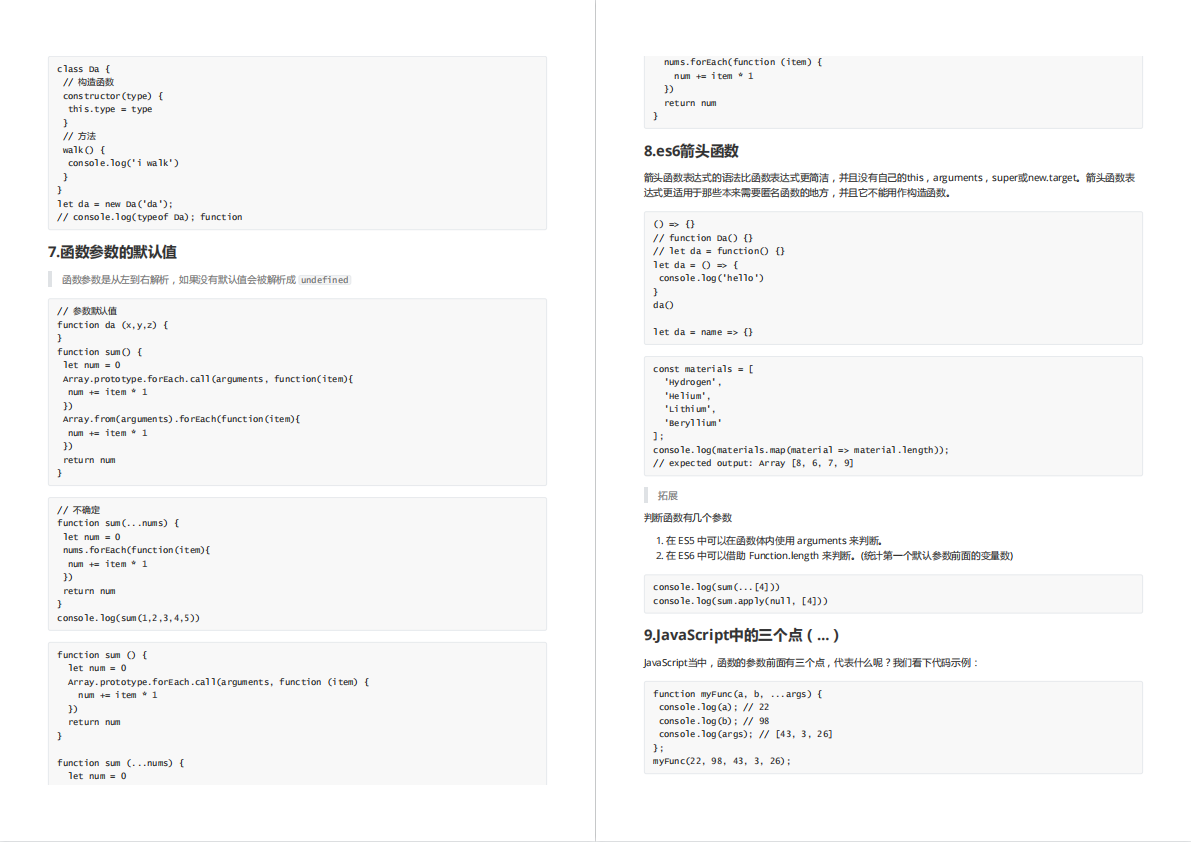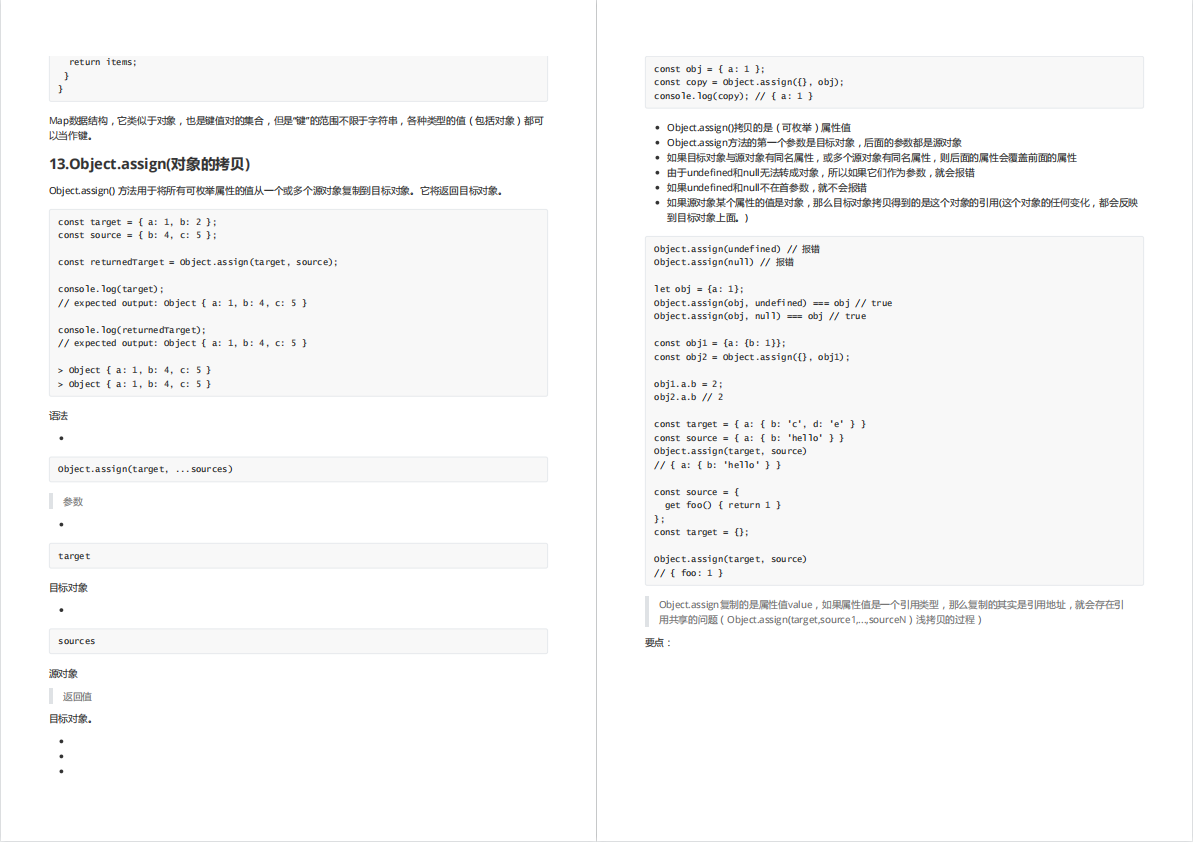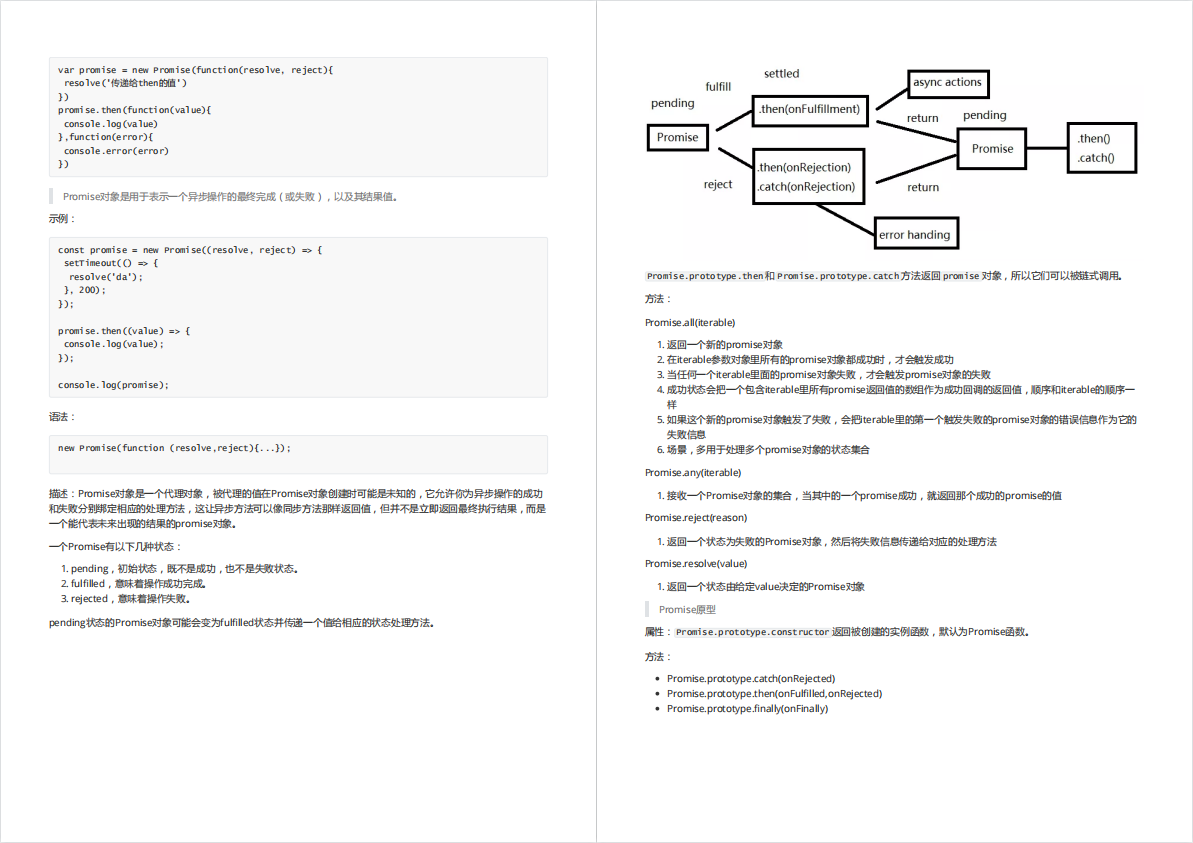距离Vue3发布已经过去一年多时间了,从Vue2到Vue3是一个不小的升级,包括周边生态等。虽然目前大多数开发者们在使用的仍旧以Vue2为准,但Vue3显然是Vue开发者们未来必须面对的,而且前不久Vue官方也发布了Vue2.7.0,使得Vue2可以兼容Vue3的API,这让开发者可以在项目不升级Vue3的情况下依旧可以使用Vue3的开发方式,这为Vue2开发者学习Vue3提供了一个非常好的过渡途径。
Vue3之于Vue2最大的变化,当属composition API了,而除了引入composition API外,一些我们在Vue2上经常使用的东西到了Vue3时也发生了不小的变化,本文将介绍一些有Vue2到Vue3中几个比较重要且常用的知识点,欢迎感兴趣的同学阅读。
文中代码示例使用
setup语法糖 + ts
v-model
支持多个v-model
在Vue3中,可以通过参数来达到一个组件支持多个v-model的能力。
// 父组件
<template><child v-model="name" v-model:email="email" /><p>姓名:{{ name }}</p><p>邮箱:{{ email }}</p>
</template>
<script lang="ts" setup>
import child from './child.vue'
import { ref } from 'vue'
const name = ref<string>('张三')
const email = ref<string>('666@qq.com')
</script>
// 子组件
<template><button @click="updateName">更新name</button><button @click="updateEmail">更新email</button>
</template>
<script lang="ts" setup> // 定义emit
const emits = defineEmits<{(e: 'update:modelValue', value: string): void(e: 'update:email', value: string): void
}>()
const updateName = () => {emits('update:modelValue', '李四')
}
const updateEmail = () => {emits('update:email', '123456@qq.com')
} </script>
如果v-model没有使用参数,则其默认值为modelValue,如上面的第一个v-model,注意此时不再是像Vue2那样使用$emit('input')了,而是统一使用update:xxx的方式。
废弃.sync
在Vue2中,由于一个组件只支持一个v-model,当我们还有另外的值也想要实现双向绑定更新时,往往用.sync修饰符来实现,而在Vue3中该修饰符已被废弃,因为v-model可以支持多个,所以.sync也就没有存在的必要了。
watch
不同数据类型的监听
基础数据类型的监听:
const name = ref<string>('张三')
watch(name, (newValue, oldValue) => {console.log('watch===', newValue, oldValue)
})
复杂数据类型的监听:
interface UserInfo {name: stringage: number
}
const userInfo = reactive<UserInfo>({name: '张三',age: 10
})
// 监听整个对象
watch(userInfo, (newValue, oldValue) => {console.log('watch userInfo', newValue, oldValue)
})
// 监听某个属性
watch(() => userInfo.name,(newValue, oldValue) => {console.log('watch name', newValue, oldValue)
})
支持监听多个源
在Vue3里,watch多了一个特性,可以传入一个数组同时侦听多个数据,这比起Vue2确实优雅多了,以往在Vue2中为了实现同时监听多个数据,往往需要借助computed,现在在Vue3里我们可以少一些不必要的代码了。
const name = ref<string>('张三')
const userInfo = reactive({age: 18
})
// 同时监听name和userInfo的age属性
watch([name, () => userInfo.age], ([newName, newAge], [oldName, oldAge]) => {//
})
watchEffect
watchEffect与watch的区别
相比Vue2,Vue3多了watchEffect这个API,watchEffect传入一个函数参数,该函数会立即执行,同时会响应式的最终函数内的依赖变量,并在依赖发生改变时重新运行改函数。
const name = ref<string>('张三')
const age = ref<number>(18)
watchEffect(() => {console.log(`${name.value}:${age.value}`) // 张三:18
})
setTimeout(() => {name.value = '李四' // 李四:18
}, 3000)
setTimeout(() => {age.value = 20 // 李四:20
}, 5000)
和watch的区别:
- 运行时机不同,
watchEffect会立即执行,相当于设置了immediate: true的watch。 watchEffect无法获取改变前后的值。- 与
watch显示的指定依赖源不同,watchEffect会自动收集依赖源。
用watchEffect还是watch?
建议在大部分时间里使用watch,避免一些不必要的重复触发。
$attrs
Vue3中,$attrs包含父组件中除props和自定义事件外的所有属性集合。
不同于Vue2,$attrs包含了父组件的事件,因此$listenners则被移除了。
// 父组件
<template><child id="root" class="test" name="张三" @confirm="getData" />
</template>
<script lang="ts" setup> const getData = () => {console.log('log')
} </script>
// 子组件
<template><div><span>hello:{{ props.name }}</span></div>
</template>
<script lang="ts"> export default {inheritAttrs: false
} </script>
<script lang="ts" setup> const props = defineProps(['name'])
const attrs = useAttrs()
console.log('attrs', attrs) </script>

使用v-bind即可实现组件属性及事件透传:
// 父组件
<template><child closeable @close="onClose" />
</template>
<script lang="ts" setup> const onClose = () => {console.log('close')
} </script>
// 子组件
<template><div><el-tag v-bind="attrs">标签</el-tag></div>
</template>
使用ref访问子组件
在Vue2中,使用ref即可访问子组件里的任意数据及方法,但在Vue3中则必须使用defineExpose暴露子组件内的方法或属性才能被父组件所调用。
// 父组件
<template><child ref="childRef" />
</template>
<script lang="ts" setup> import { ref, onMounted } from 'vue'
const childRef = ref()
onMounted(() => {childRef.value.getData()
}) </script>
// 子组件
<script lang="ts" setup> import { defineExpose } from 'vue'
const getData = () => {console.log('getData')
}
const name = ref('张三')
defineExpose({getData,name
}) </script>
最后
最近还整理一份JavaScript与ES的笔记,一共25个重要的知识点,对每个知识点都进行了讲解和分析。能帮你快速掌握JavaScript与ES的相关知识,提升工作效率。




有需要的小伙伴,可以点击下方卡片领取,无偿分享
最后
以上就是潇洒棉花糖最近收集整理的关于Vue2到Vue3,重学这5个常用的APIv-modelwatchwatchEffect$attrs使用ref访问子组件的全部内容,更多相关Vue2到Vue3,重学这5个常用内容请搜索靠谱客的其他文章。








发表评论 取消回复